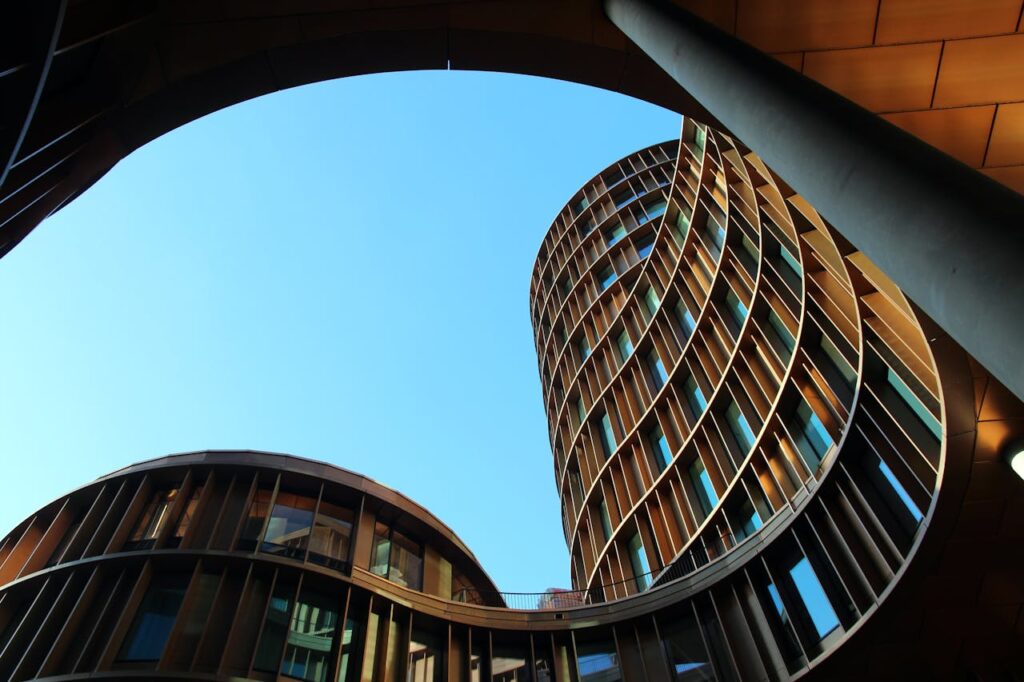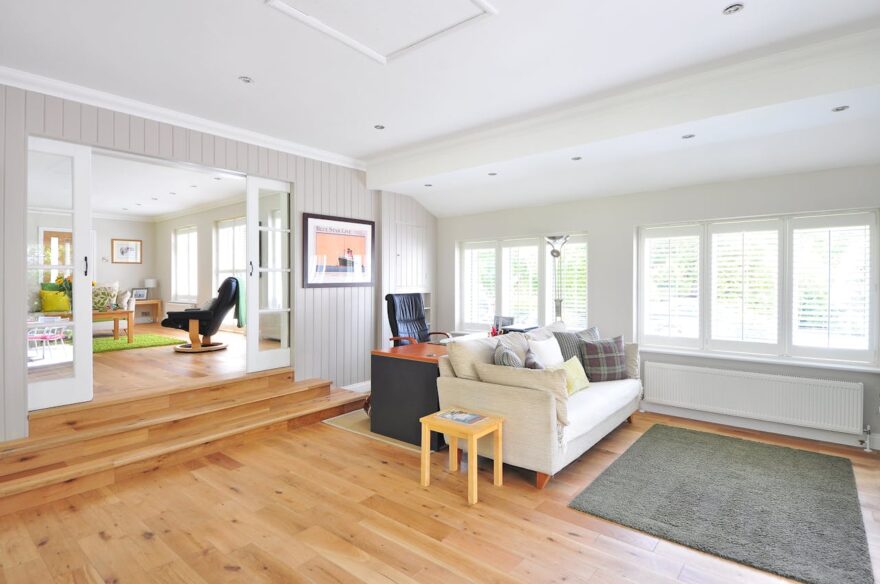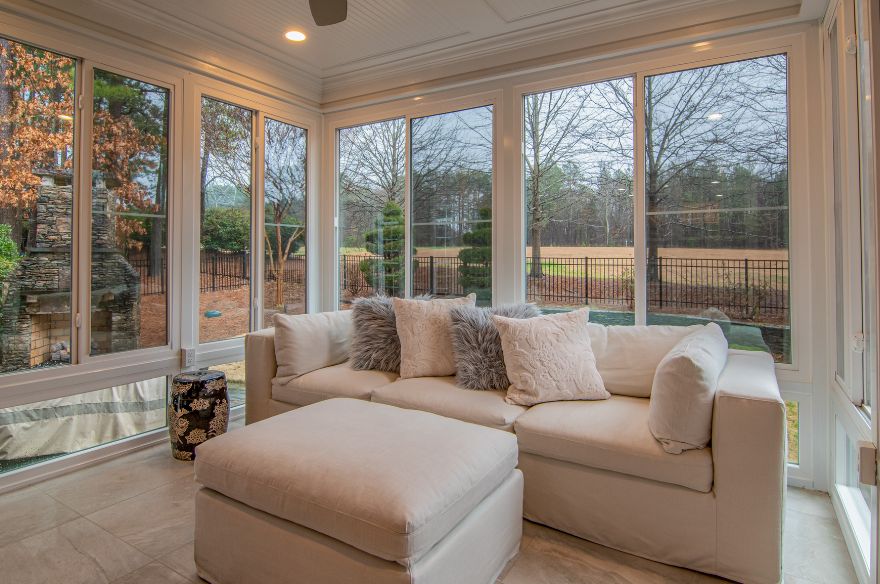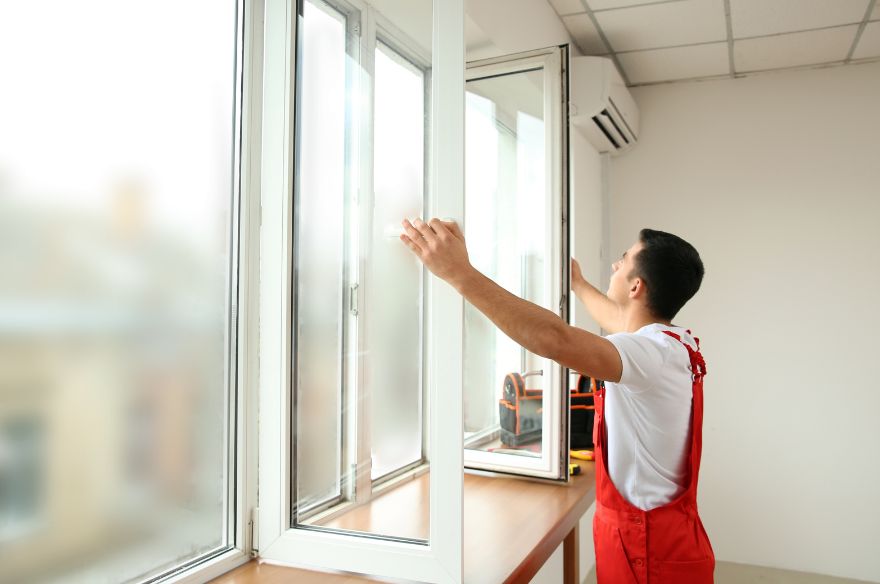Replacing windows is an important decision, whether you are renovating or building a new home. The two most common options are PVC and aluminum (ALU) windows — each has its advantages, as well as certain limitations. Before deciding, consider these four key differences: level of insulation, design, cost, and durability.
Which Window Best Suits Your Needs?
PVC windows are ideal for those who want good insulation at an affordable price. Thanks to their multi-chamber structure and advanced sealing systems, they effectively prevent heat loss and block out noise. They are easy to maintain and resistant to moisture, making them a popular choice for apartments and family homes.
ALU windows are recommended for modern buildings with large glass surfaces. Aluminum is extremely strong and stable, making these windows suitable for areas exposed to strong winds or heavy rain. Modern models with thermal breaks achieve a high level of insulation, though at a higher cost.
Aesthetics and Long-Term Value
ALU windows offer more in terms of design — available in a variety of colors and finishes, including matte, glossy, or wood-effect. PVC models today also come in a wider range of decor options, but with more limited aesthetic possibilities.
PVC and aluminum also have different environmental impacts. Aluminum is a recyclable material and can be reused multiple times without losing quality. In this sense, ALU windows can be a more sustainable choice, especially if sourced from recycled materials.
PVC is harder to recycle, and its production involves chemicals that may negatively affect the environment. However, manufacturers are increasingly offering eco-friendly PVC window options with lower emissions and higher recycled content.
Ultimately, the right choice depends on your specific needs, the building’s location, and your budget.



